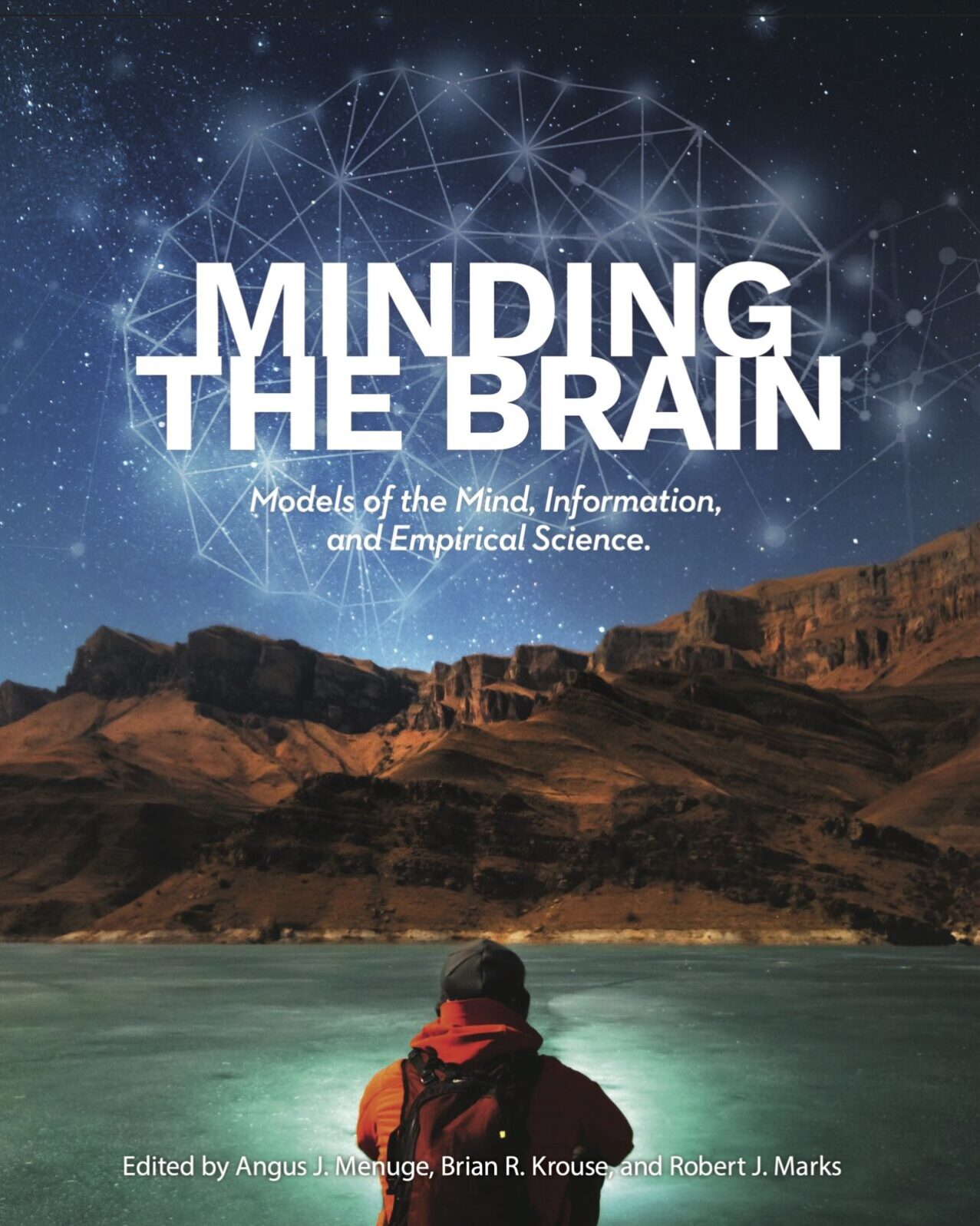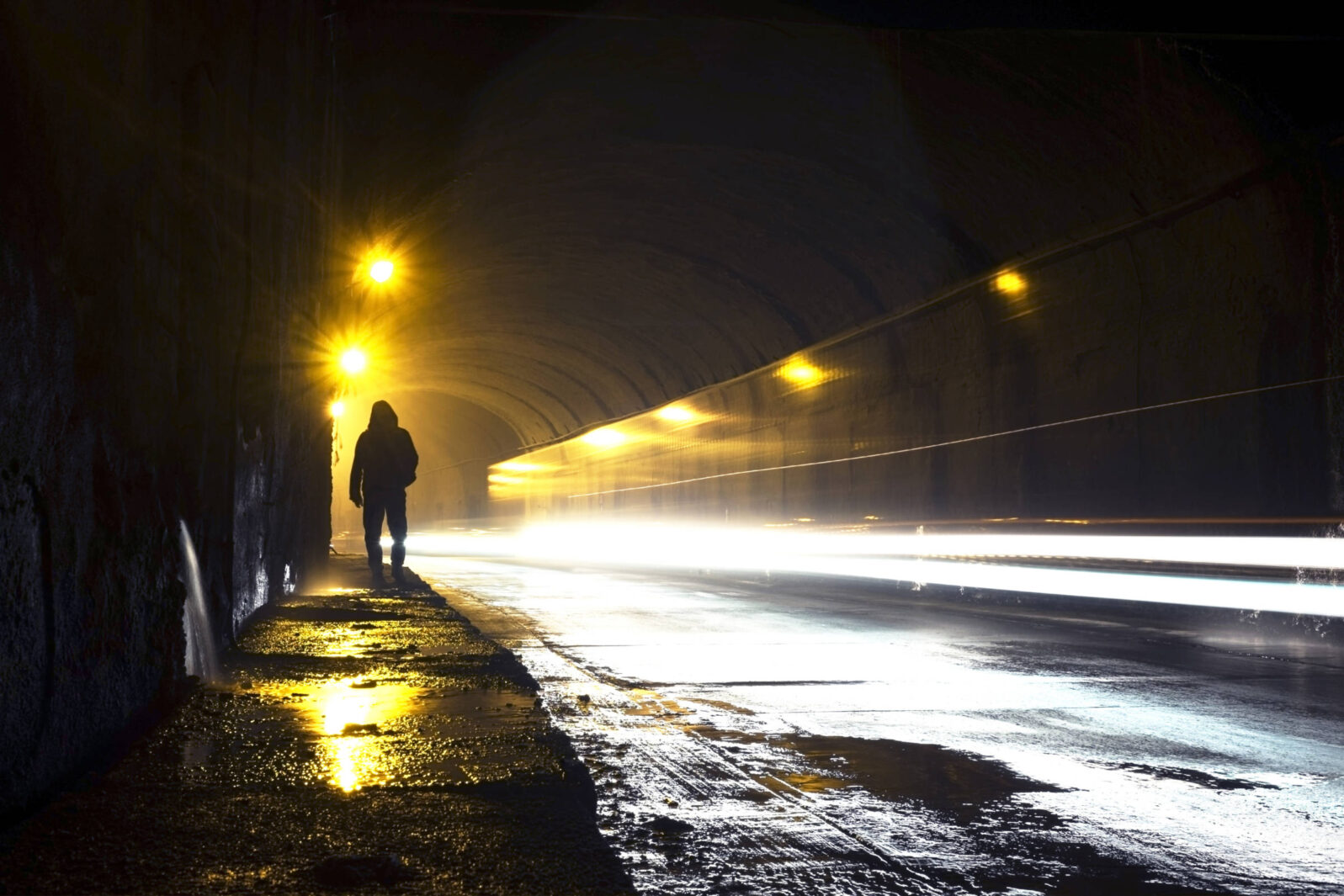Near-Death: What People Learn When They Are (Briefly) Dead
In this excerpt, Prof Gary Habermas reports that sometimes the returned experiencer says that someone else has died — but the official news only comes laterIn this second excerpt from a chapter of Minding the Brain (Discovery Institute Press, 2023) Gary Habermas, a professor of Divinity at Liberty University, looks at the evidence for near-death experiences as a form of afterlife consciousness. This is the second of three excerpts, taken from Chapter 18, “Evidential Near-Death Experiences”:
When the near-death experiencer is the only one who knows that someone else has died
Another body of evidence comes from cases where particular persons, often friends or loved ones but sometimes others, had died recently, but the death was unknown to the NDEr until the deceased persons appeared in the NDE or deathbed vision. Greyson notes three distinct species of these experiences: (1) where the death of the deceased individual occurred well before the NDE, but the death was not known by the NDEr before the occurrence of the NDE; (2) where the deceased person had died at the same time as the NDE experience, or “immediately beforehand,” thus precluding previous knowledge of the death on the part of the NDEr (or others in the room); (3) where the deceased was a person whom the NDEr did not even know.

In all three species of these NDEs (especially the last), information was purportedly imparted from the previously deceased individuals to the person who had the near-death experience, with subsequent confirmation of the reports. Over two dozen such examples were collected by Greyson, and other researchers have also presented similar accounts.
…
Among the many cases recounted by Greyson, two will be mentioned briefly. A young nine-year-old boy named Eddie was seriously ill in a hospital. Recovering from a thirty-six-hour fever, Eddie immediately told those in the hospital room that he had been to heaven, recounting seeing his grandfather, an aunt, and an uncle there. But then his startled and agitated father heard Eddie report that his nineteen-year-old sister Teresa, away at college, was in heaven too, and she told Eddie that he had to return. But the father had just spoken to Teresa two days prior. Checking with the college, the father found out that his daughter had been killed in a car accident the previous day, but that the college could not reach the family at their home, presumably because of Eddie’s hospital stay!
…
Still another type of substantiation is supplied by simultaneous or shared near-death experiences reported by at least two different people, and supported by accounts from physicians, nurses, or others. In most such cases, a healthy person shares part or all of the NDE experience of the ill person. In one of Morse’s cases, a seventeen-year-old boy named Shane died in a traffic accident. His fifteen-year-old deaf sister Cheryl “observed” the entire accident process, though she was a distance away at home when the event occurred. She observed Shane “flying through the air” and knew that he was dead. Cheryl sensed that her brother was contacting her without words, relating that he wanted to show her “something really cool.” She then reported that the two of them “rose in the air, high above the scene of the accident.” She accompanied her deceased brother to heaven, where they met previously dead relatives.
Her brother did not return, since he was deceased. But during the process, her parents could hear her talking to her brother while the other three family members were all at home, where Cheryl was present and conscious. Upon her “return,” she brought back information that no one else knew, but which was verified subsequently. Shane had said to Cheryl repeatedly, “I know something that you don’t know.” Then he told his sister that their aunt was pregnant with a boy, though no one in the family knew that at the time. Cheryl reported observing the event while her two parents witnessed her side of the conversation.
What, if anything, do blind people see during a near-death experience?
As if in answer to the challenge of Susan Blackmore (mentioned above) to produce NDE accounts from blind persons, Ken Ring and Sharon Cooper provided detailed reports of thirty-one blind NDErs. These cases produced several accurate testimonies, both from inside the room occupied by the patient and outside of it. There are fewer cases in this category, and the evidence is less than what has been provided elsewhere, yet the cases are significant, as it would be difficult for many of the specific items to have been known previously by the patients, through any of their physical senses.

One of the described episodes concerned a woman named Vicki, who had been blind from birth. During her NDE, Vicki reported color images, including a rendezvous with two close friends from her youth. Both of them also had been blind, and both had died previously. She reported that two other deceased friends and a deceased relative were also present. She provided accurate physical descriptions of each one, even though she had never seen any of them before. She also provided details, such as a glimpse of the roof of the hospital and a description of some jewelry.
Another NDE case involved a woman named Nancy, who became blind during an operation and remained completely blind afterwards.
She had an Ambu bag placed over her nose and mouth to make her breathe. In her NDE she reported watching the process away from her body. Afterwards, she properly described the identities of two men standing down the hallway away from her, and gave the correct number of staff people around her. Her medical records, plus a testimony from one of the men, were “in substantial agreement” with Nancy’s comments and agreed “in virtually every significant respect.” Ring and Cooper characterized Nancy’s case as very strong, “since it is backed up by independent witnesses and various forms of documentation.”
Brad had been blind since birth. He had stopped breathing for a few minutes and then noticed himself looking down on his body in the bed. He described details of another person in the room with him who went to get help, then experienced himself going up through the ceiling and out of the building, where he observed the rooftop. He related that he could see clearly and described the scene outside of his home by providing many details, including very specific information regarding the snow on the ground and how it had been plowed into heaps. A streetcar also drove by. In another case, Frank was a blind man who described the pattern of colors and designs on a necktie that he had received. Some of these details were confirmed in additional interviews.
Ring and Cooper conducted extensive discussions with these blind individuals, and attempted to confirm their stories with others who were present. They concluded that “the blind persons in our study saw what they certainly could not possibly have seen physically. Our findings in this section only establish a putative case that these visions were factually accurate, and not just some kind of fabrication, reconstruction, lucky guess, or fantasy.”
Next: Why corroborated NDEs can’t just be explained away
Here’s the first excerpt: Prof: There’s a growing number of verified near-death experiences. Gary Habermas notes more than 110 NDEs where experiencers’ detailed reports of what they saw when they were flatlined have been corroborated later. It’s exceedingly unlikely, Prof. Habermas argues, that all these cases result from misperception, deception, coincidences, or mistakes.
